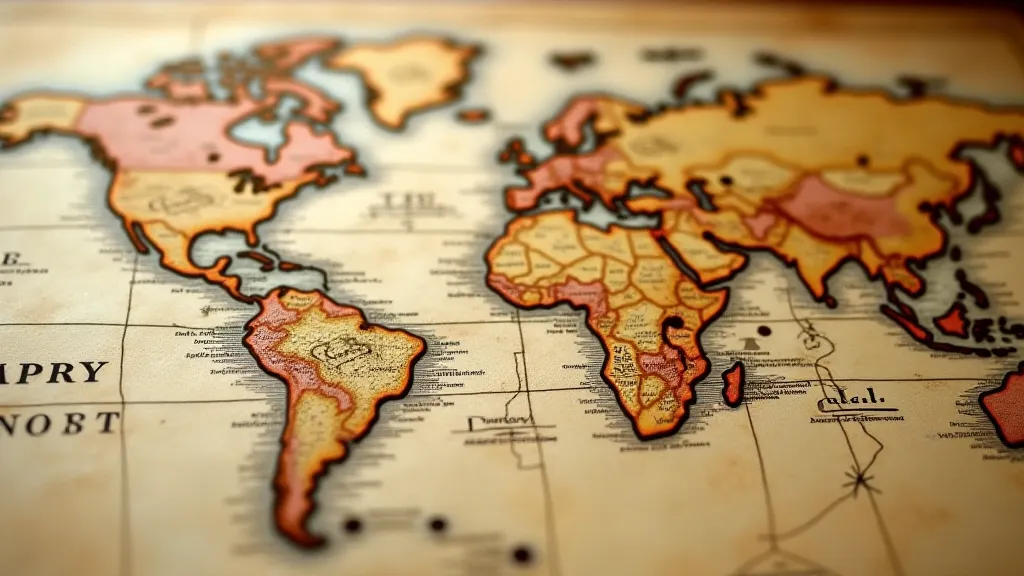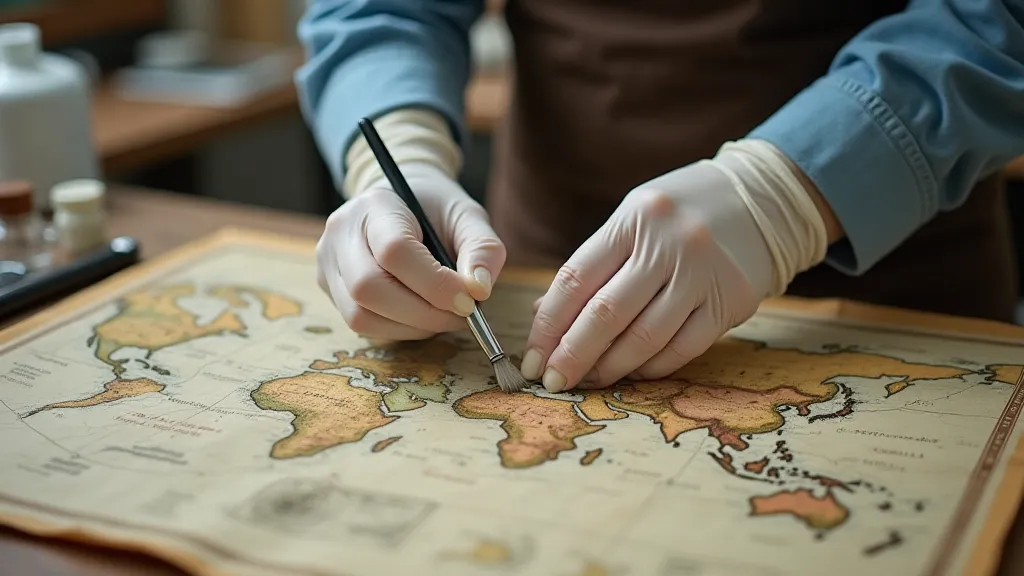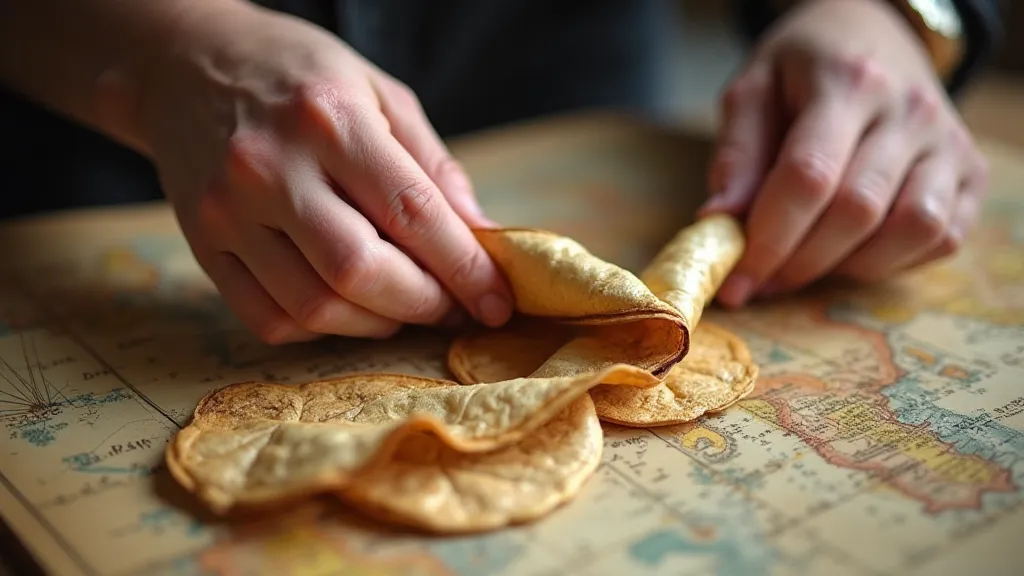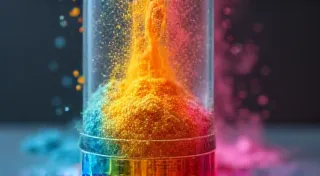The Paper's Lament: A Treatise on Deacidifying Delicate Parchments
There's a melancholic beauty to antique maps. They aren’t merely depictions of geography; they’re palimpsests of history, whispered narratives carried on fragile paper. I’m often asked why I dedicate my life to this work, to the painstaking restoration of these silent storytellers. It isn't for glory; it’s a deep-seated reverence for the hands that created them, the journeys they guided, and the knowledge they represent. Many maps, especially those printed before the mid-20th century, suffer a silent decay – a slow acidification that transforms them from vibrant testaments to ephemeral shadows.
This decline is rarely dramatic. You won’t see gaping holes or sudden disintegration. Instead, it's a subtle yellowing, a brittle quality, and a tendency to crumble. This is the paper's lament – a fading of the pigment and a weakening of the very fibres that bind the story together. The culprit? Acidic impurities introduced during the papermaking process, often in the form of alum (used to mordant the paper) or residual lignin from wood pulp. The problem intensifies over time, accelerated by exposure to pollutants, humidity, and even improper storage.

Understanding the Chemistry of Degradation
The acidification process isn’t merely about discoloration. It’s a cascade of chemical reactions. Acidic compounds catalyze the hydrolysis of cellulose, the primary structural component of paper. This breakdown weakens the fibres, rendering the map vulnerable to tearing and further degradation. The pigments themselves, often iron-based for red and brown hues, are particularly susceptible to acid-catalyzed reactions, leading to fading and color shifts. Think of it as a slow, internal erosion – an insidious enemy working beneath the surface.
Before embarking on deacidification, a thorough assessment is vital. We analyze the pH of the paper, noting any existing repairs or previous treatments. This informs our strategy and helps us choose the most appropriate method. A seemingly simple discoloration can mask complex underlying issues; rushing the process can cause irreparable damage. It’s a delicate dance between intervention and preservation.
Deacidification Techniques: A Spectrum of Approaches
The field of deacidification offers a variety of techniques, each with its own advantages and drawbacks. Early methods, developed in the 1960s and 70s, often involved alkaline sprays or solutions, but these proved problematic – creating a sticky surface and potentially damaging inks and pigments. Modern approaches are far more sophisticated and focus on a gentler, more targeted intervention.
One common method is non-aqueous deacidification. This involves treating the map with an alkaline solution (often magnesium bicarbonate or calcium hydroxide) in a non-aqueous solvent, like ethanol or isopropanol. The solvent prevents the solution from being absorbed too quickly, allowing for a more even distribution of the alkali. The solvent evaporates, leaving behind a neutralizing buffer – a molecular shield against future acidification.
Another promising technique involves buffered paper. In this approach, the map is faced with a new, alkaline paper which acts as a reservoir of buffering capacity. While it doesn’t directly neutralize the original paper, it prevents the acidic compounds from migrating outward and damaging the surface.
A relatively new method utilizing enzymatic deacidification shows exciting potential. Enzymes are used to break down acidic compounds within the paper fibres, offering a more targeted and potentially less invasive approach. However, this technology is still in its early stages of development.
The Risks and Rewards: A Restorer’s Dilemma
Deacidification is not without its risks. Any intervention carries the potential to alter the appearance of the map or damage delicate inks and pigments. Over-alkalization can lead to ink bleeding, color changes, or even surface cracking. That’s why a meticulous, controlled approach is paramount. We always perform a small-scale test patch on an inconspicuous area before treating the entire map.

Beyond the technical challenges, there’s an emotional weight to the work. These aren't just pieces of paper; they are fragments of human endeavor. I’m handling cartographic masterpieces created by artisans who poured their skill and knowledge into each line and detail. Knowing that I might alter these precious artifacts, even with the best intentions, is a constant source of reflection. We aim to halt the destructive processes, to stabilize the map for future generations, not to “restore” it to a pristine, imagined state.
The Art of Preservation: More Than Just Chemistry
Deacidification is just one piece of the puzzle. Proper storage and handling are equally crucial for long-term preservation. Maps should be stored flat, protected from light and humidity, and handled with clean, cotton gloves. Archival-quality storage materials – acid-free folders, boxes, and sleeves – are essential for minimizing exposure to damaging compounds.
I'm often asked about dating these maps. Identifying the age and origin is a detective's work – scrutinizing cartouche details, lettering styles, paper watermarks, and comparing them to known examples. It's rewarding to piece together the map’s history, understanding its purpose and the world it depicted. It provides context for the restoration – a deeper appreciation for the skill and artistry involved.
Folding Techniques: Respecting the Original Design
Many antique maps were originally folded into specific configurations for portability and storage. Recreating these original folds, where possible, is a vital aspect of preservation. The paper is often incredibly fragile, and any attempt at refolding must be done with the utmost care and precision. It’s a skill honed through years of practice, a testament to the original mapmaker’s artistry.

The paper's lament is a call to action – a reminder of our responsibility to safeguard these invaluable pieces of history. It’s a process that demands patience, knowledge, and a deep respect for the past. While the chemistry is complex, the underlying motivation is simple: to ensure that these silent storytellers continue to whisper their tales for generations to come.





